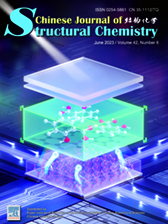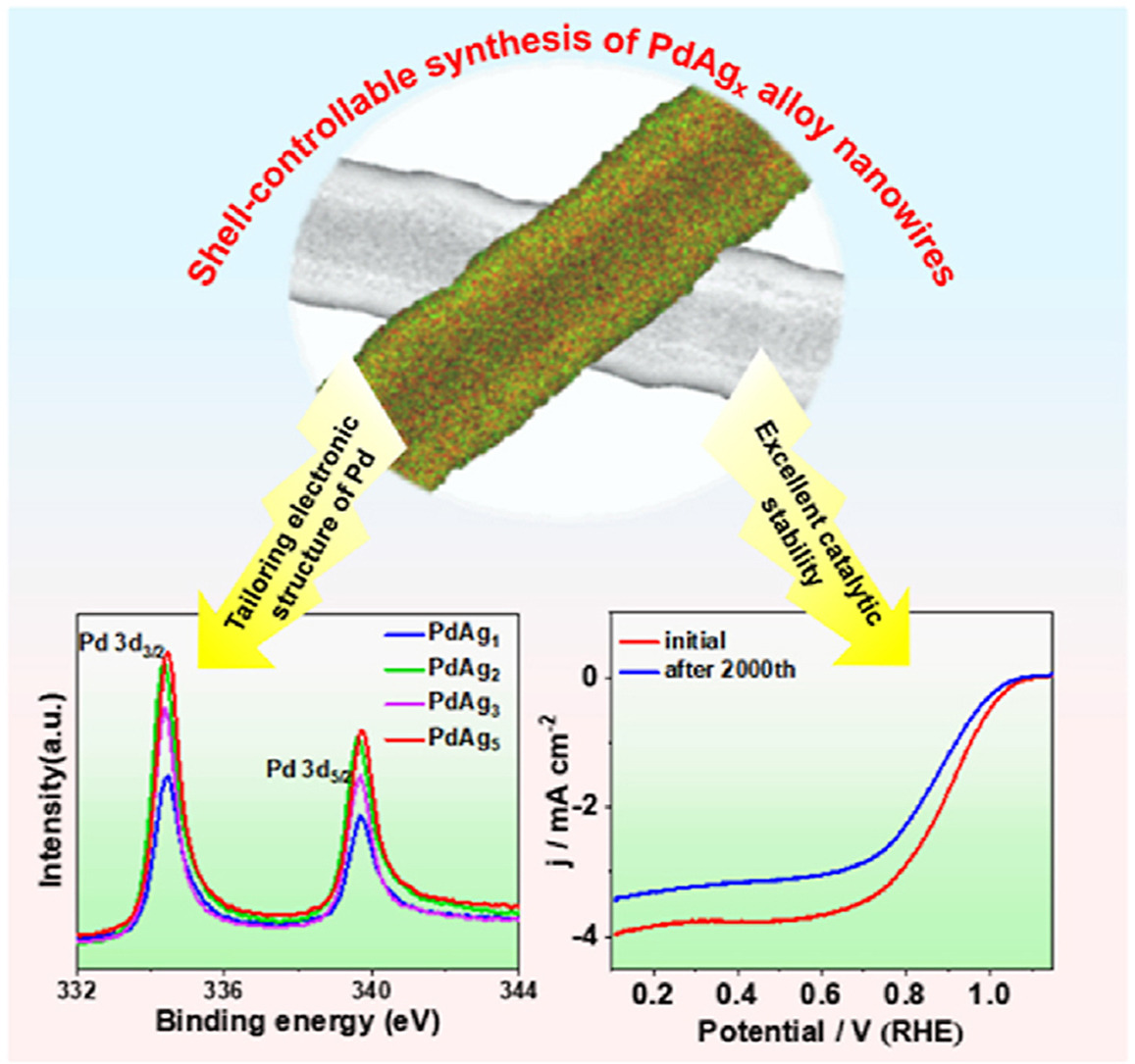
UV-resistant salicylic acid as interface modifier for efficient and stable perovskite solar cells
Guo-Bin Xiao, Zihan Fang, Shengrong Yang*, Jing Cao*, Yu Tang* Submit a Manuscript
Fan Yang, Ruiqin Ren, Xiaojia Zhang, Muhammad Waqas, Xinglan Peng, Limin Wang, Xiaotian Liu, Du-Hong Chen*, Youjun Fan*, Wei Chen*
Chin. J. Struct. Chem., 2023, 42: 100068. DOI: 10.1016/j.cjsc.2023.100068
June 15, 2023
Hollow nanowire; Palladium catalyst; Tailoring the electronic structure; Oxygen reduction reaction; Composition-performance relationship
ABSTRACT
Lowering the cost while maintaining the highly catalytic performance is greatly beneficial for the development of commercial fuel cells and metal-air batteries. Compared with platinum, palladium holds a stronger oxygen affinity and high abundance on earth, endowing it a promising alternative to platinum in anion-exchange membrane fuel cells. However, the sluggish oxygen reduction reaction of palladium still remains a great issue and requires the design of stable and efficient palladium-based electrocatalysts. Here, we report the solvothermal/hydrothermal reduction method to prepare a series of PdAgx nanowires. The prepared PdAgx NWs exhibit hollow structure, which greatly improves the utilization of Pd atoms, offering an outstanding ORR performance. Specifically, PdAg2 NWs exhibit an onset potential of 0.92 V and mass activity of 350.7 mA mgPd−1 at 0.7 V vs. RHE for ORR in 0.1 M KOH solution. This work provides a novel approach for the construction of hollow NWs and their subsequent applications in other electrocatalytic reactions.






